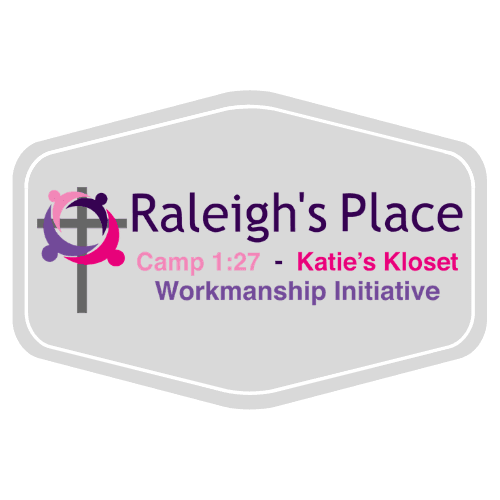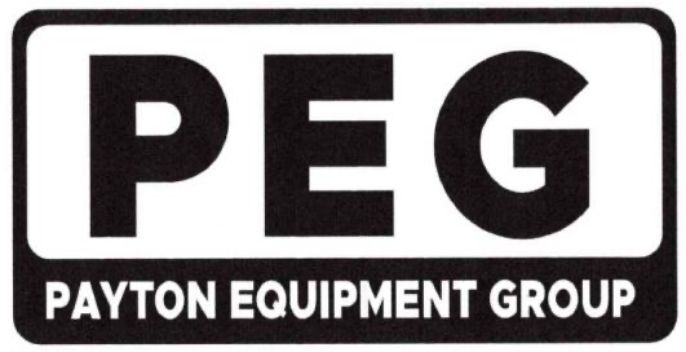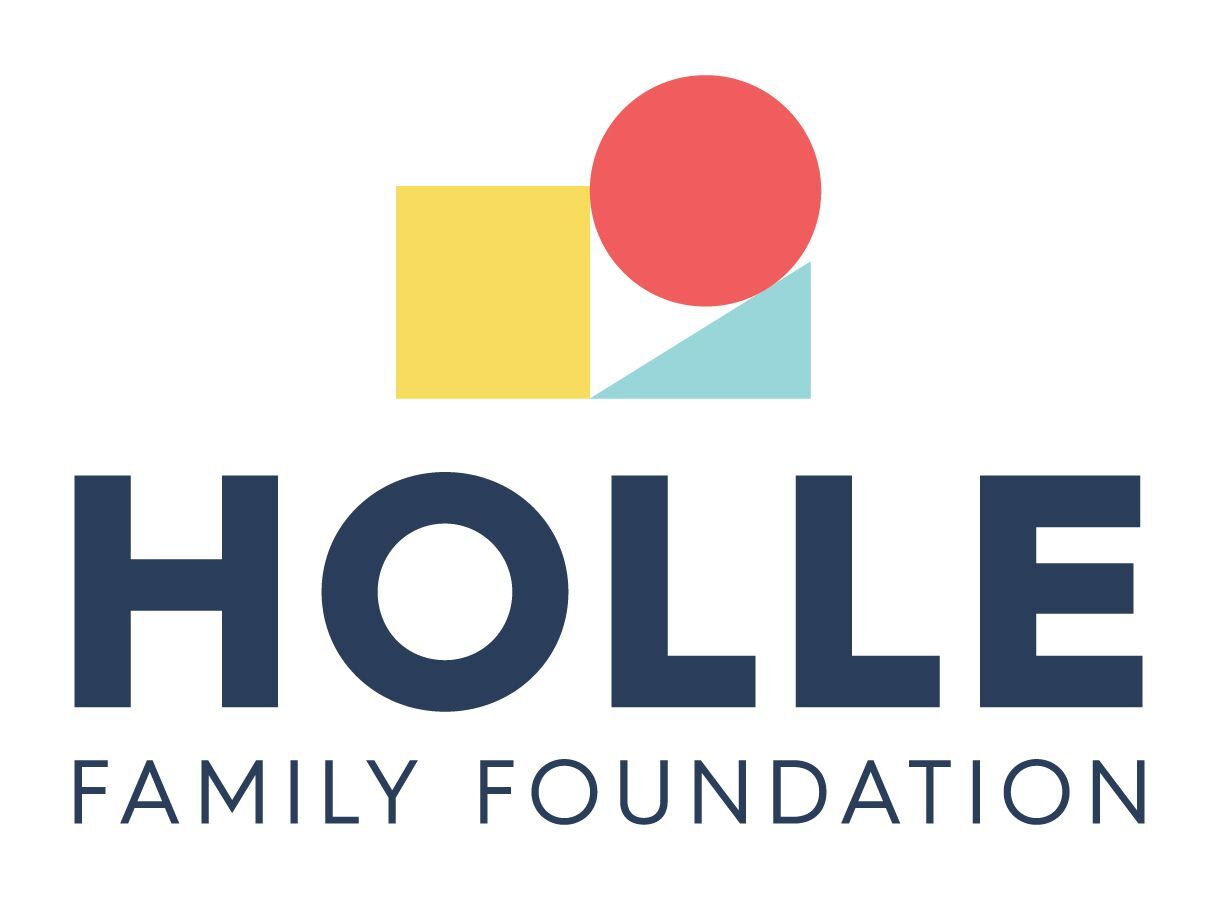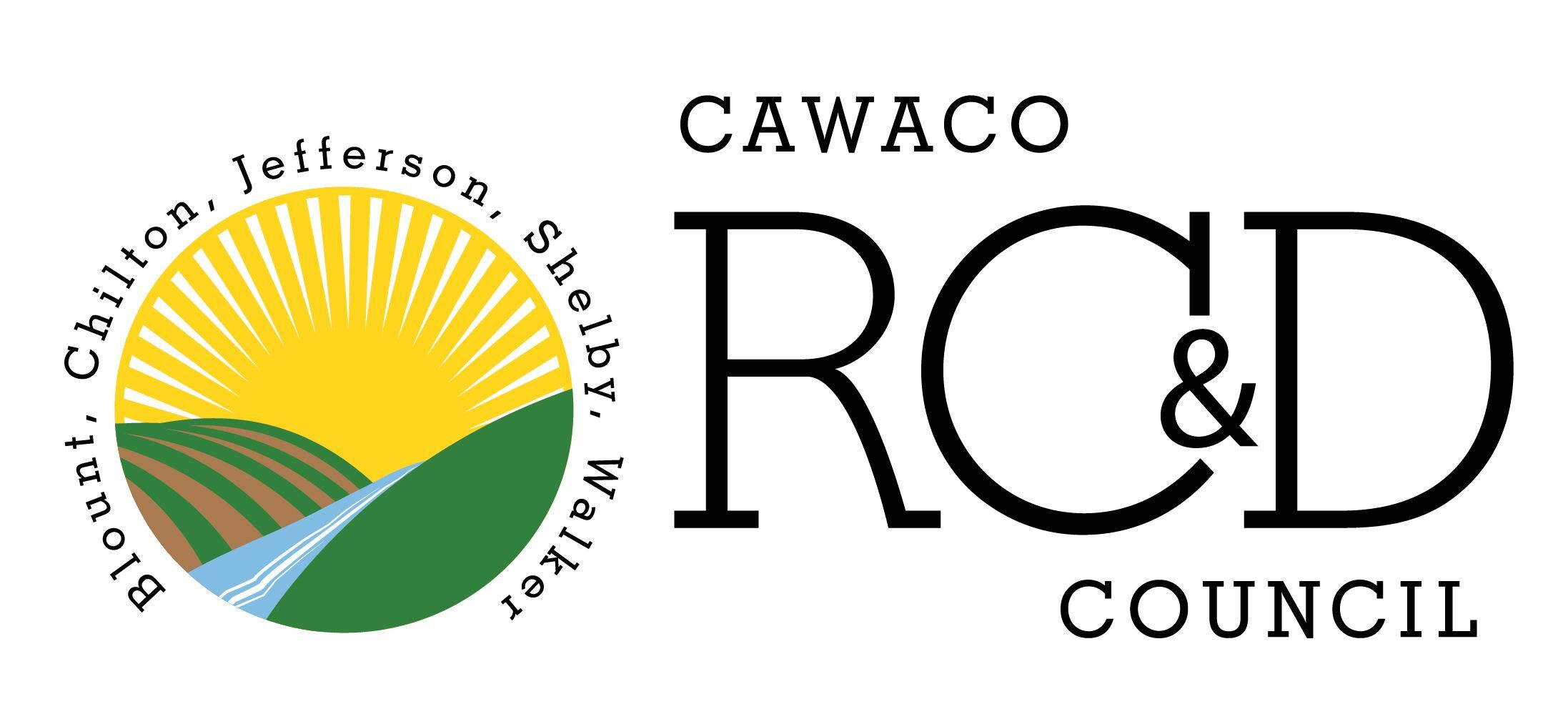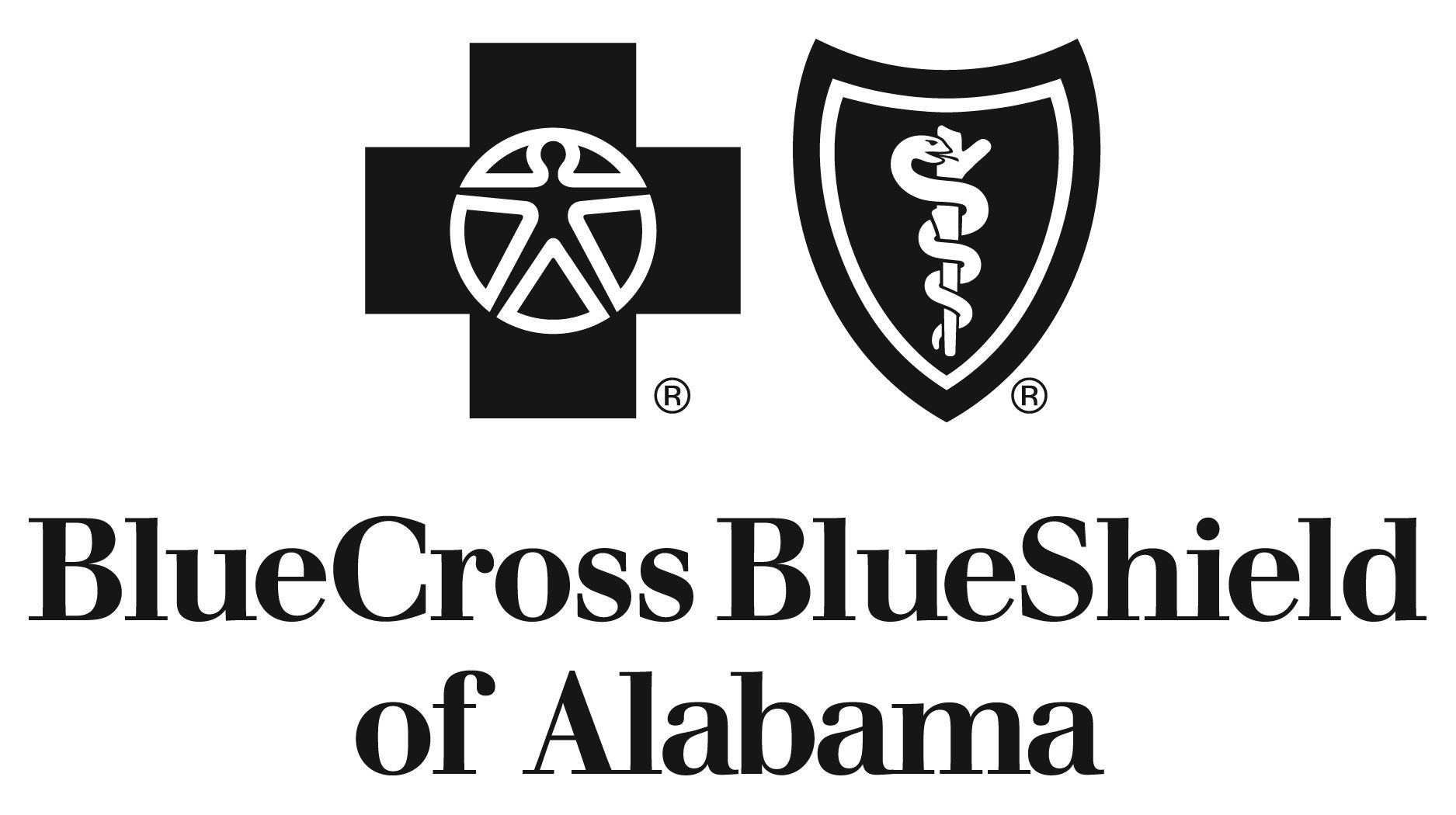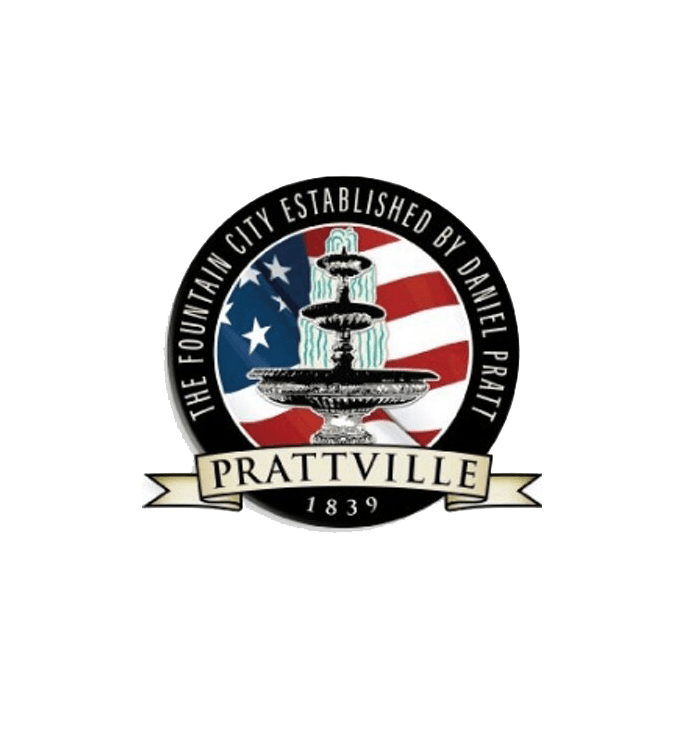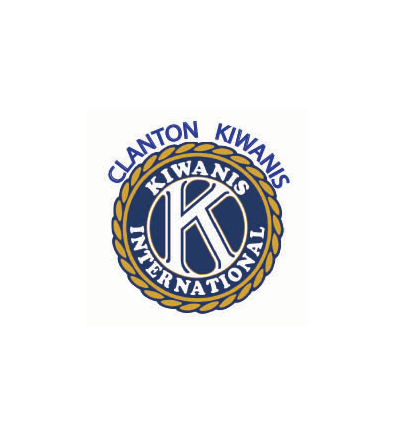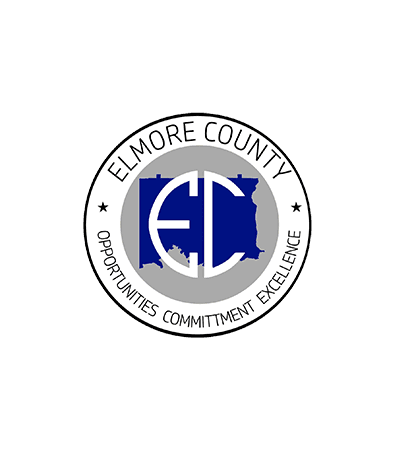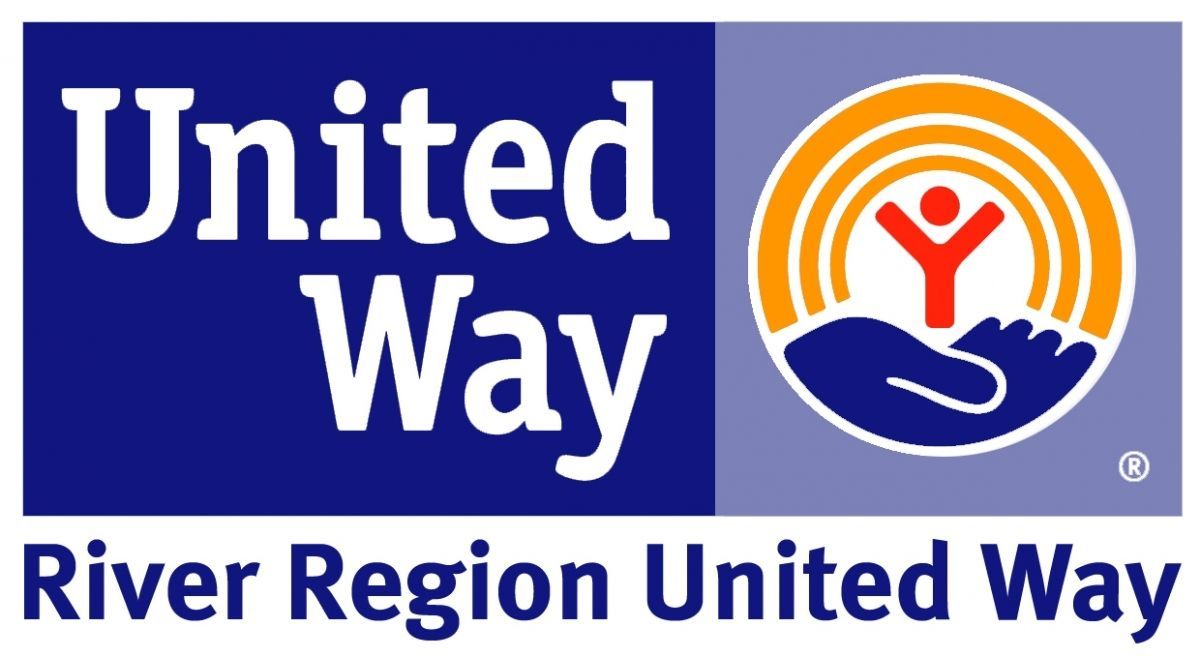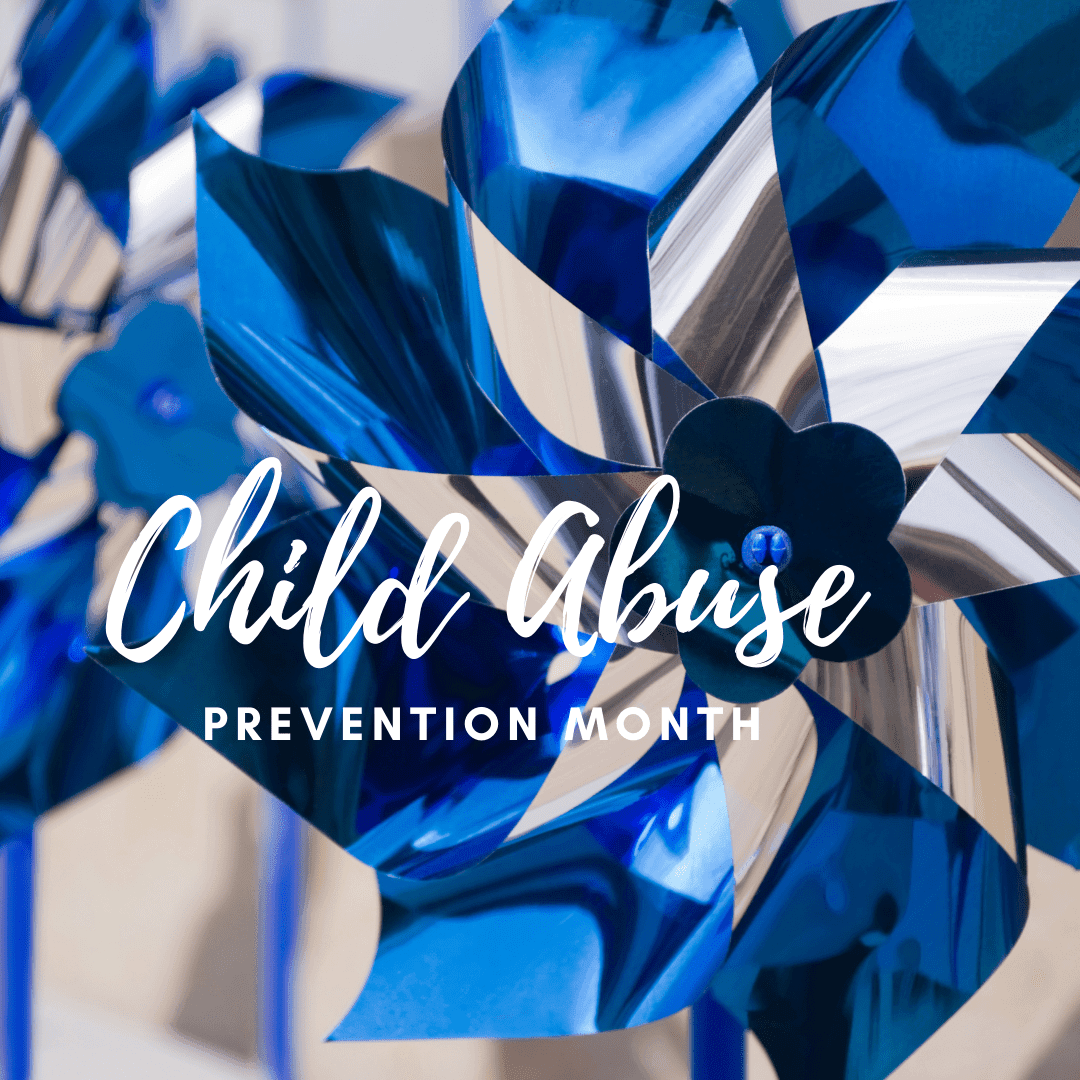
As April, Child Abuse Awareness Month, comes to a close, we challenge you to be sure that you know how to recognize and prevent child abuse. Although our awareness month is ending, the effort to prevent child abuse is ongoing, and it requires a commitment from all members of our community to help keep children safe.
Do you feel equipped to recognize and prevent child abuse? Maybe you’ve been wondering why we are pushing so much information about prevention out to our audience. Perhaps you’ve seen the posts and continued scrolling without much thought as you felt you are not impacted by child abuse, or that you are not in a position to make a difference. According to the CDC, 1 in 7 children experienced abuse and neglect in the year 2020. Can you think of 7 children you know? Perhaps you can name, or at least picture, 7 kids in the neighborhood, or at church, or that are your co-workers’ children, or even just 7 stranger children at WalMart. Statistically, at least one of those children has been or will be abused. When you consider a classroom of 20-30 children, as many as 2-4 of those children have been abused, statistically.
Most of those children who have experienced abuse are like any other child. You’d have no reason to believe that something had happened to them, unless they told you. Children who experience abuse frequently don’t tell right away, which could lead to additional opportunities for them to be revictimized. When you take an active role in recognizing child abuse, you can help prevent children from experiencing abuse and/or reoccurring abuse.
Awareness and education on child abuse saves childhoods. Your awareness could lead to a child receiving intervention and healing. Your awareness could give them back their childhood. Your awareness could be the very thing that gives them hope to continue towards a better future. Research shows that the presence of one stable and caring adult can engage a child and assist their resilience, which helps them move forward after experiencing abuse. Your awareness and your compassion for a child could be the key, maybe the only key, to their healing. You matter. Your presence matters. Your awareness matters.
What do you do? How do you recognize these children?
Learn the signs of abuse and learn how to make a report. The trauma stemming from abuse is different for every single child who experiences it. The “symptoms” are not a one size fits all. You can learn more about what to look out for by visiting websites such as www.butterflybridgecac.org and visiting our “Get Informed” page (https://www.butterflybridgecac.org/get-informed/recognizing-abuse.html). Note that not all “symptoms” mean that child abuse has happened. Sometimes, other alternatives may explain the reason for the presence of the “symptom.” However, if you have any suspicion that a child has been abused or is in danger, contact your local DHR. They can assess the situation and take a report to ensure the child’s safety. Butterfly Bridge also offers trainings to organizations and groups at no cost to help you understand how common child abuse has become and ways that you can recognize, intervene and prevent child abuse.
If you have a suspicion of child abuse, please make a report to your local authorities. The child’s wellbeing is always considered and steps are taken to ensure their comfort and wellbeing during the investigation process. Remember, you CAN help a child find safety and healing.
To make a report on known or suspected child abuse, contact your county’s department of human resources and follow the prompts given during the call to make a report.
Chilton County Department of Human Resources, 205-258-4900
Autauga County Department of Human Resources, 334-358-5000
Elmore County Department of Human Resources, 334-514-3200
Child Abuse Prevention Month Video Series: https://vimeo.com/user/96479431/folder/20501680











